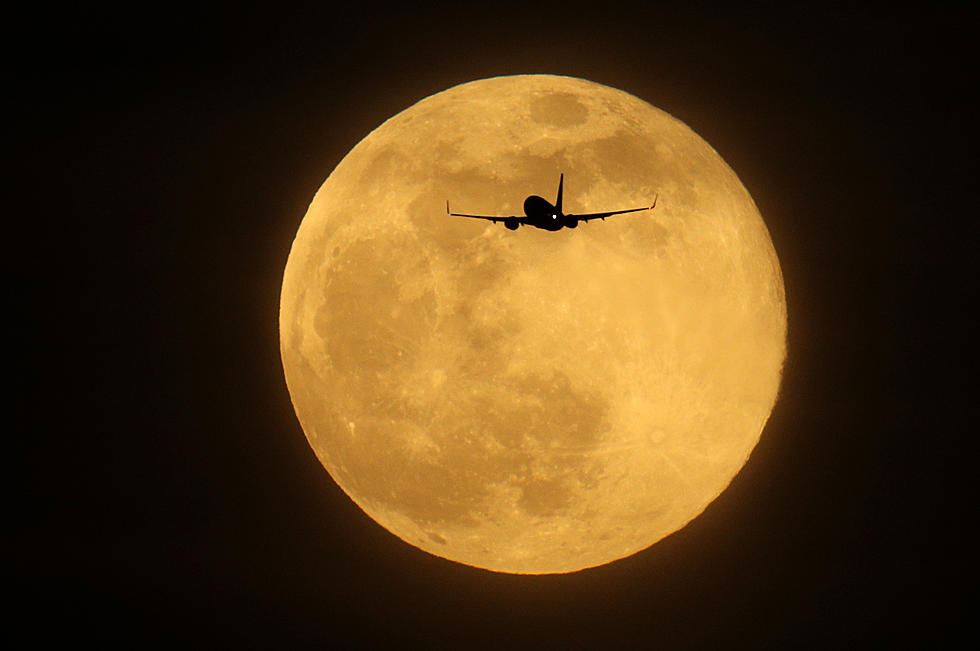
Everything You Need To Know About 2019’s Last Super Moon
This year’s third and final supermoon, The Full Worm Supermoon, is set to coincide with the spring equinox on Wednesday, March 20. If you saw the moon last night or this morning, you caught a preview, but not the real deal.
In case you missed it, a supermoon is a full moon that nearly coincides with the closest that the moon comes to the Earth in its elliptic orbit, resulting in a slightly larger than usual size viewed from Earth (Thanks Wikipedia) This a pretty basic explanation, but if you'd like to go down the rabbit hole of supermoons, feel free to Google away.
If you didn’t get to catch the Super Blood Wolf Moon in January or the Full Snow Supermoon in February due to your location or more likely the cloud cover on those nights, the Full Worm Supermoon is expected to appear brighter and bigger than normal given that the sky is clear and dark. The Full Worm Supermoon will mark the first time a full moon and the spring equinox (or vernal equinox) have coincided within four hours of each other in 19 years, according to the Old Farmer's Almanac.
So what's with this name? According to The Old Farmer’s Almanac, Native American and other traditional names for full moons were created to track the seasons. March’s supermoon was referred to as the Full Worm Moon because the ground begins to soften and earthworm casts (yes, a fancy name for worm poo) begin to appear, which brings robins and other birds to feed, marking the start of spring.
The Full Worm Supermoon will be on full display beginning around 9:40 p.m. Eastern Standard Time, tomorrow, Wed March 20.
More From WBEC FM









